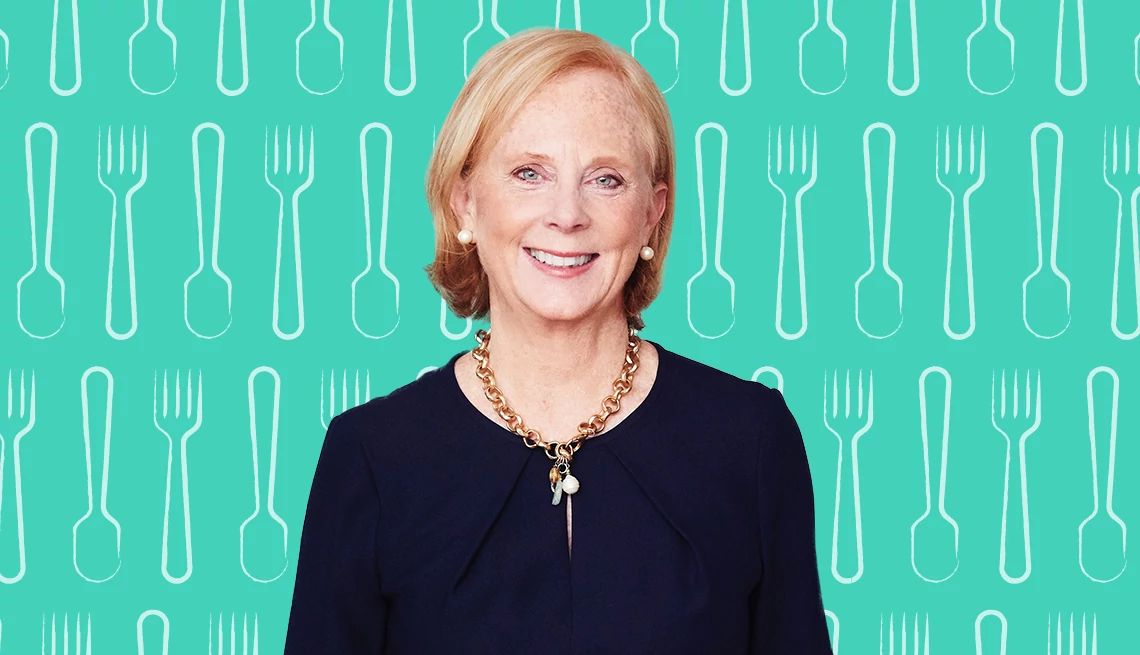AARP Hearing Center


When I was a young food writer in Atlanta in the early 1980s, there was nothing I liked better than celebrating a holiday with friends.
This meant I didn’t have to drive all the way home to Nashville for sweet potato casserole — or endure family drama. And especially no obligatory canned jelled cranberry, thank you very much. My creative friends simmered cranberries with Grand Marnier, orange zest and a touch of ginger. If I stayed in Atlanta, I ate steamed green beans tossed with a light tarragon vinaigrette. And the dessert was something splashy, like white chocolate bread pudding.
When I got the courage to tell my mother I wasn’t coming home, she was disappointed, so I said I needed to stretch and grow — and not that I’d felt trapped by the cornbread and chess pie legacy that had been decided for me. I had been writing about food in Atlanta, the largest, most vibrant city in the South. I had gone to Paris and studied French cooking for three months. I had reviewed restaurants and interviewed Julia Child. These family recipes, although unique to my Middle Tennessee region, seemed as ordinary as a same-old starched cotton dress.
Recipes connect us to our past
Thinking back now, I have no trouble recalling the Nashville holiday menu, which like the limestone beneath our family home, never budged. It was highlighted by homemade yeast rolls my mother would buy from her friend Ella Beesley until we learned to make them ourselves. They were as soft and light as angels’ wings.
Once I was married and had children, we jumped onto a schedule of where to spend holidays — with your family and without. Decisions were made for us. But I soon found that some of the new recipes from my husband’s family thrilled me, like sweet potatoes with fresh orange juice or scalloped oysters baked with butter, Ritz crackers and loads of cream.
And now, as my children are grown and living in Florida, Connecticut and Colorado, I am the one home in Nashville. Both of my parents and my in-laws have passed, so it’s up to my husband and me to keep our family traditions alive. Those recipes I once shunned because they were part of my mother’s world are now part of mine. And I feel responsible to bake them each year and pass along their stories to my children and my granddaughter. It’s that repetition that not only makes us better bakers but also reinforces traditions that began long before us. The holidays preserve what the everyday loses.
Family recipes are more than instructions on how to make a casserole or cake. They are the people we love — a mother, an aunt, a grandmother. They might be penned in their handwriting, smudged from a spill of cocoa, yellowed from time’s passing. They are our story, too. So why wouldn’t I want to make these recipes each holiday over and over infinitum?
Like a strong family tree, the main dishes, sides, breads and desserts are weighty limbs outstretched from the trunk, but more curved than straight. It's as if they have grown in fits and starts, shrinking back on those years when children didn’t come home, and growing steadily again when grandchildren arrived and visits were more frequent.































.jpg?crop=true&anchor=13,195&q=80&color=ffffffff&u=lywnjt&w=2008&h=1154)































You Might Also Like
Celebrate Fall With These Classic Mediterranean Dishes by José Andrés
Chef shares smaller serving size recipes for his Butternut Hommus, Shawarma Spice Roast Chicken, and Saffron Pilaf
Pamela Anderson’s Cookbook Celebrates Nature's Beauty
Former ‘Baywatch’ star talks about her vegan lifestyle, going makeup-free and a love of gardeningAl Roker Releases ‘Recipes to Live By’ Cookbook
TV personality shares recipes for Mediterranean Farro Salad, Salmon Rice Bowls, and Shakshuka